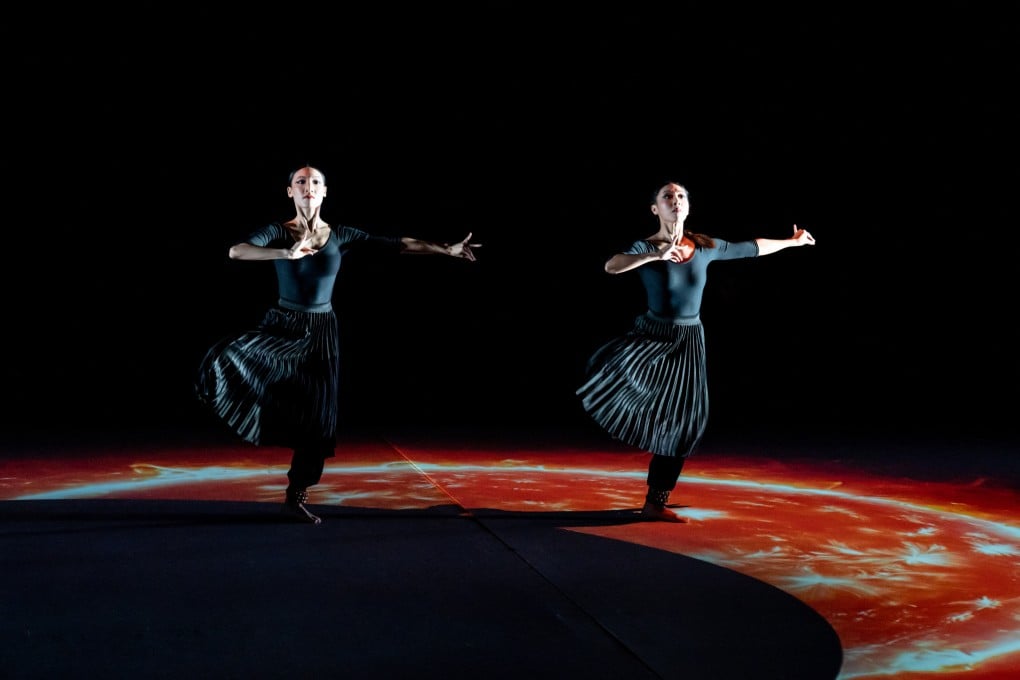Review | The Bhagavad Gita through Chinese theatre director Tang Shu-wing’s eyes: meditative storytelling in which the spoken word is a distraction
- Tang has dispensed with the spoken word before, and he might have done so in this interpretation of the Hindu sacred text; it is the weak link in the production
- The cast otherwise excel in interpreting abstract ideas through dance and physical movement, including a scene in which a performer skips rope without a break

Among the sacred texts of Hinduism are two Sanskrit epic poems, the Ramayana and the Mahabharata. The Bhagavad Gita, an excerpt from the latter, is regarded as the most important.
It narrates a conversation between warrior-prince Arjuna and his charioteer guide Krishna before they enter the battlefield to claim the rule of a kingdom.
Should the archer in the Pandava camp give up the war against his Kurava cousins to avoid bloodshed, or should he fulfil his duties and fight? His dilemma leads to a discourse on – among other philosophical ideas – action, truth, faith and self-realisation.
The 18-chapter work remains relevant today – it is a standard text, alongside the Yoga Sutras of Patanjali, for those interested in gaining a deeper understanding of the philosophy behind their yoga practice.

In Bhagavad Gita, Hong Kong-based theatre director Tang Shu-wing gives his take on the monumental piece using narrative (in Cantonese), dance, physical theatre, music and stage design.
The 135-minute show begins with narrators Mandy Wong Chi-man and Chu Pak-him taking turns to tell the backstory to the Arjuna-Krishna exchange. Given the Chinese translations of the many names in Sanskrit are hard to grasp – and the blink-and-you-miss-it surtitles – this opening is more distracting than informative.